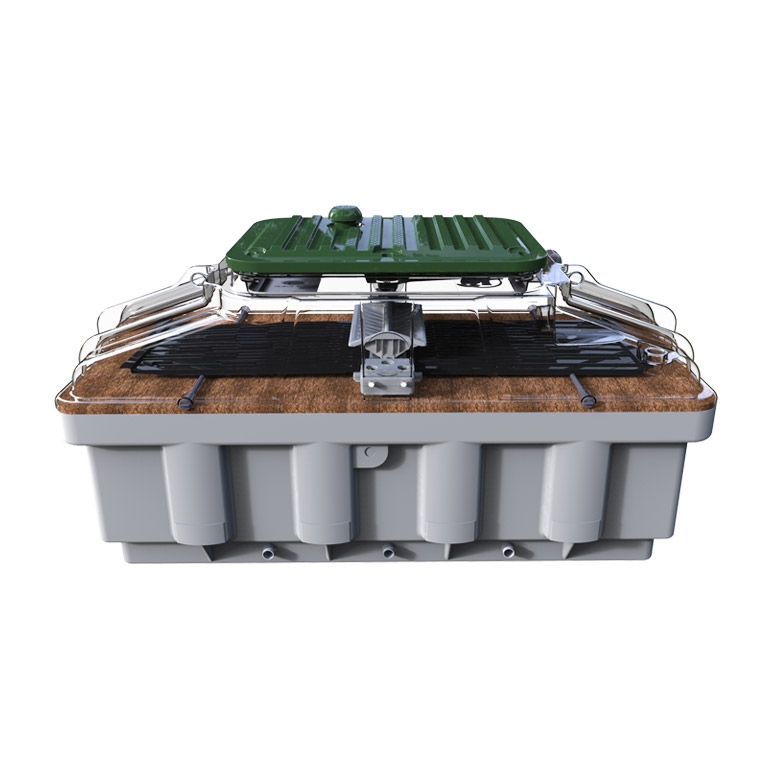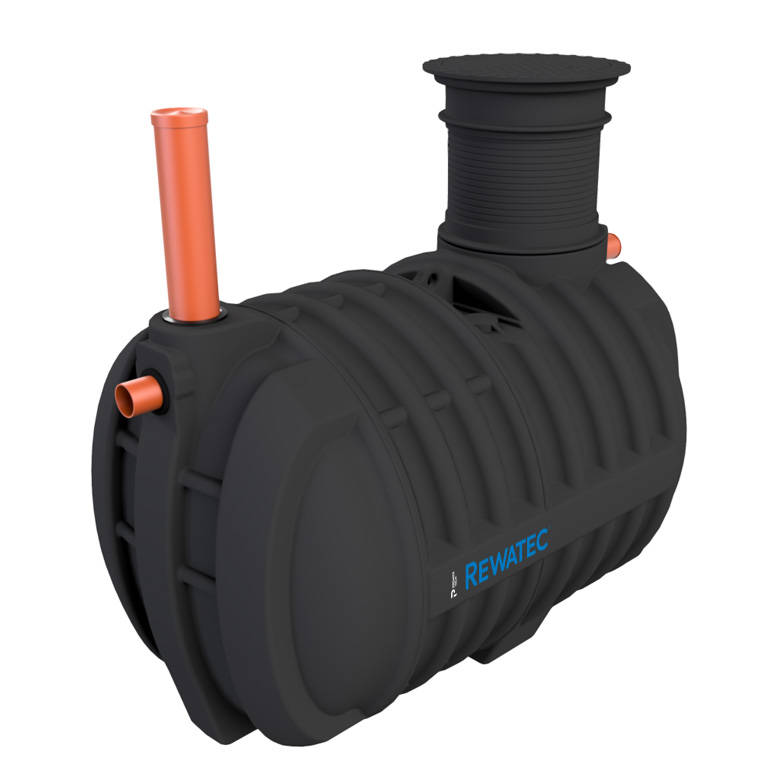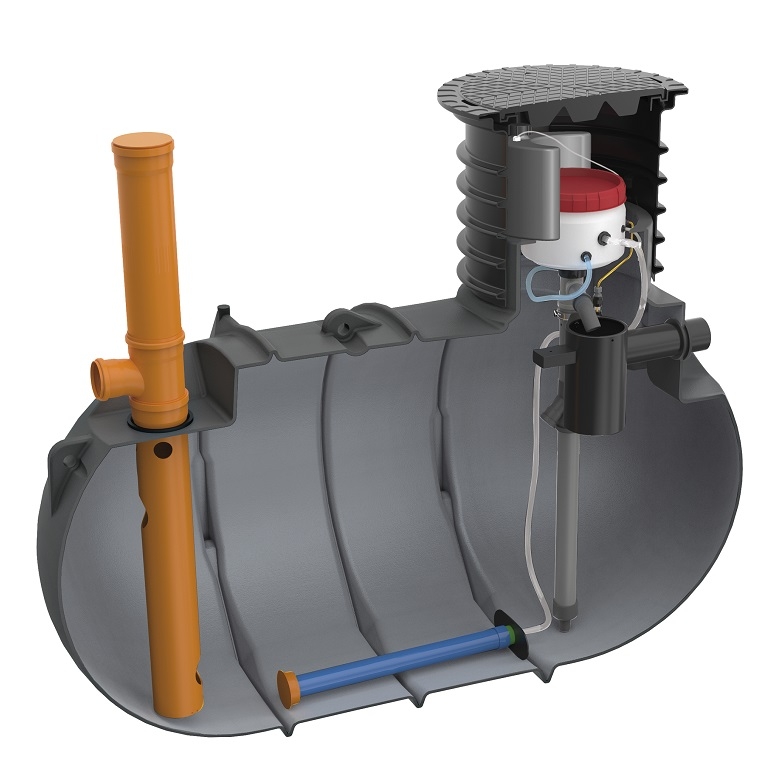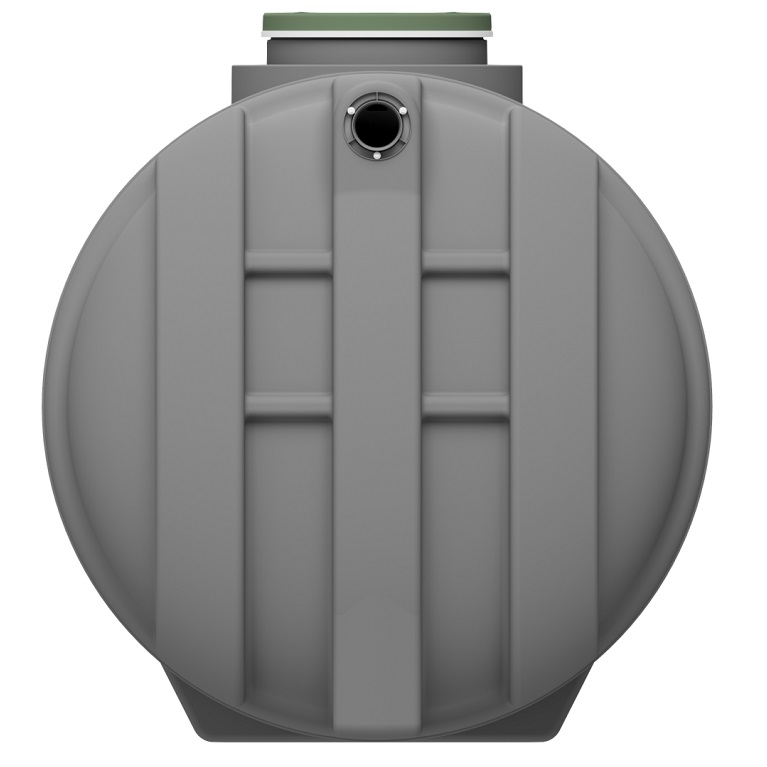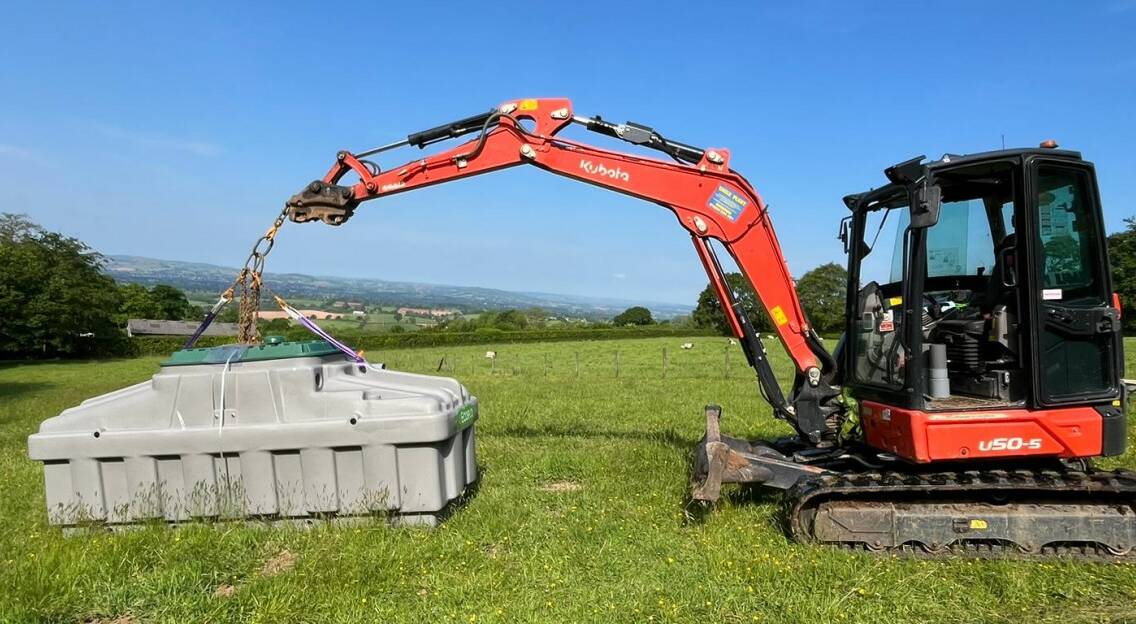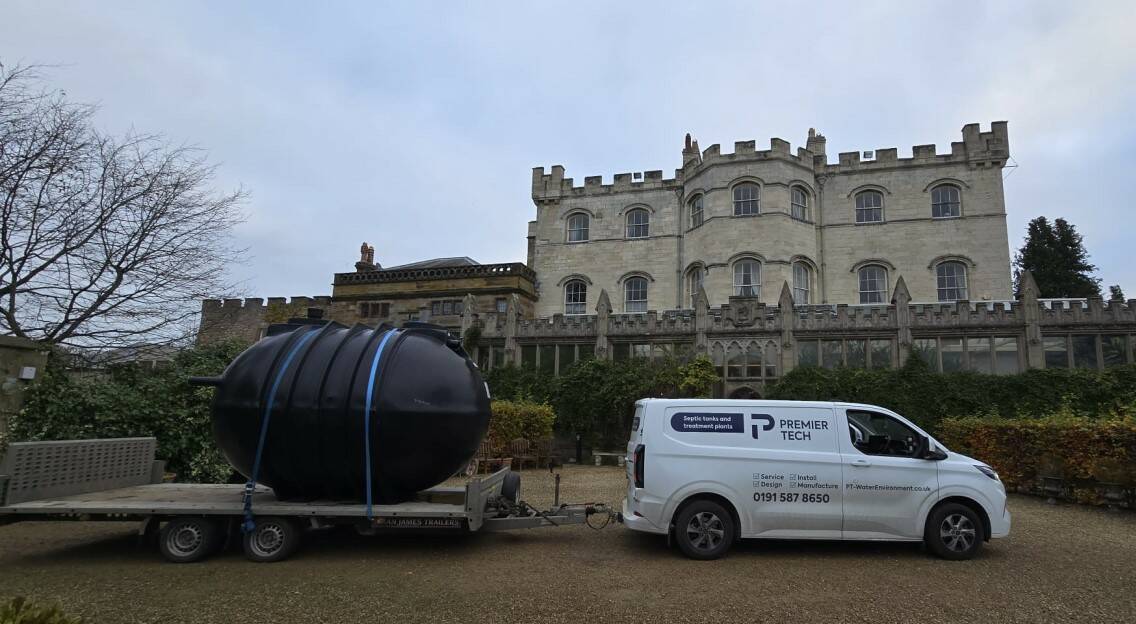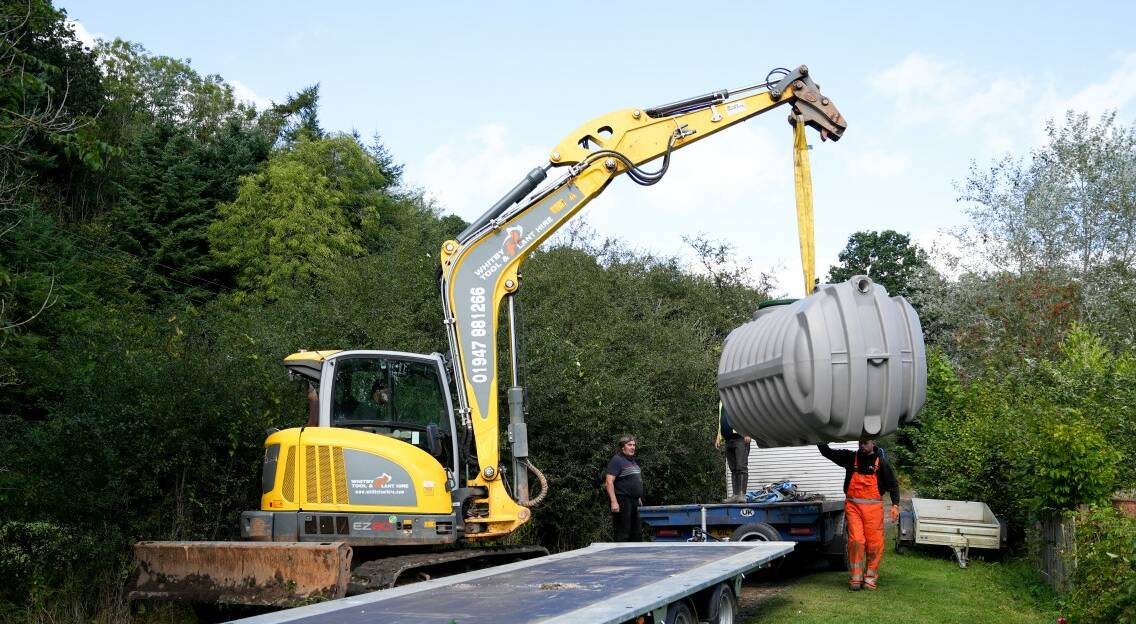How does a sewage treatment plant work?
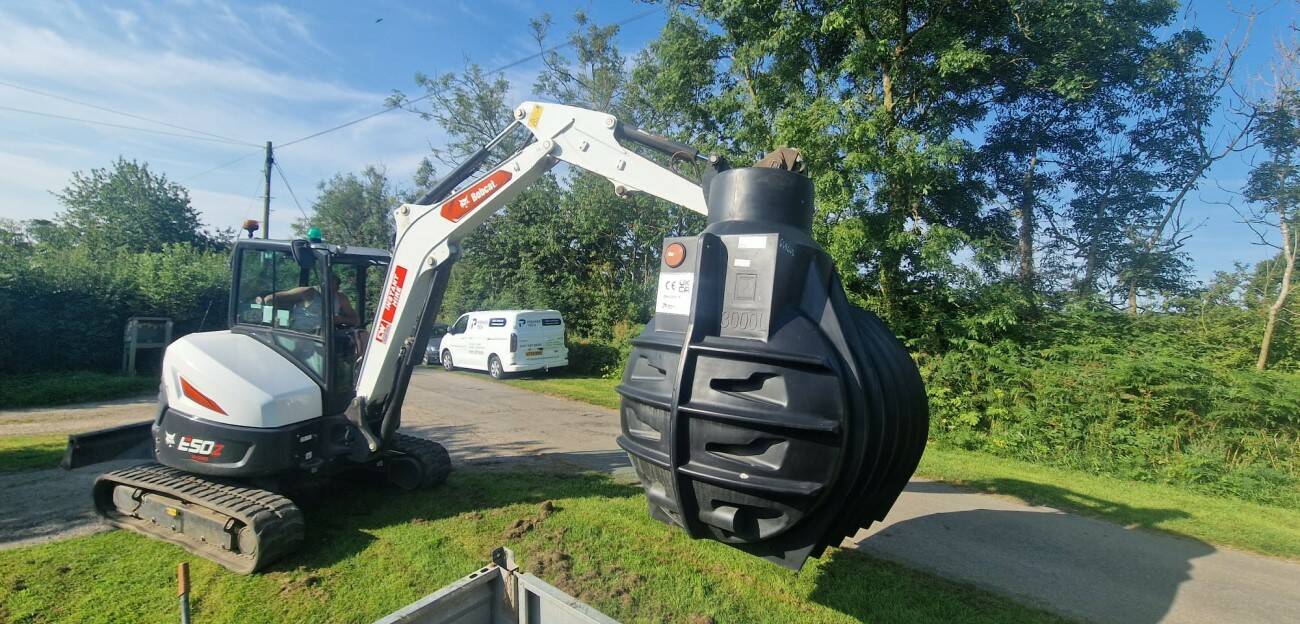
If you are looking to purchase or have just purchased your first sewage treatment plant, you may have questions about how sewage treatment systems work.
In this article we discuss the functional operation of the treatment process and provide some hints and tips to better inform you on what is required from the perspective of the environment agency.
However, before we go into the detail on how you can ensure cleaner, more environmentally friendly effluent from your sewage treatment plant, let’s take some time to answer some of the other fundamental questions surrounding wastewater treatment.
Why is sewage treated?
Sewage treatment is a process that is followed for the purification of used water that is often rich in contaminants. The treatment process is followed so that treated wastewater can be safely returned to the water cycle as environmentally friendly effluent.
Sewage treatment usually involves three main stages known as primary, secondary and tertiary water treatment.
What is a sewage water treatment plant?
Sewage treatment plants are an essential aspect of sanitation and water infrastructure. They are installed to collect wastewater from domestic or commercial properties and then treat it to remove contaminants and purify organic matter.
Discharging the treated effluent to groundwater in a safe and environmentally friendly manner, is a keystone to adhering to the environment agency regulations and to protecting public health.
The working principle of a sewage treatment plant
Sewage treatment plants work by employing numerous physical, chemical, and biological treatment processes. A typical sewage treatment plant, in most cases, will first employ preliminary treatment involving screens and/or grit chambers to remove larger and heavier, often inert organic matter. This is followed by primary settlement tanks to remove less dense solid matter.
The water that leaves these processes is expected to be particle-free and fed to a biological treatment stage where high-density bacterial populations degrade the carbon and nutrients from the water. The purified water is sometimes disinfected either by UV light or chlorination before returning to surface water bodies. It should be noted that a septic tank is not a complete sewage treatment plant.
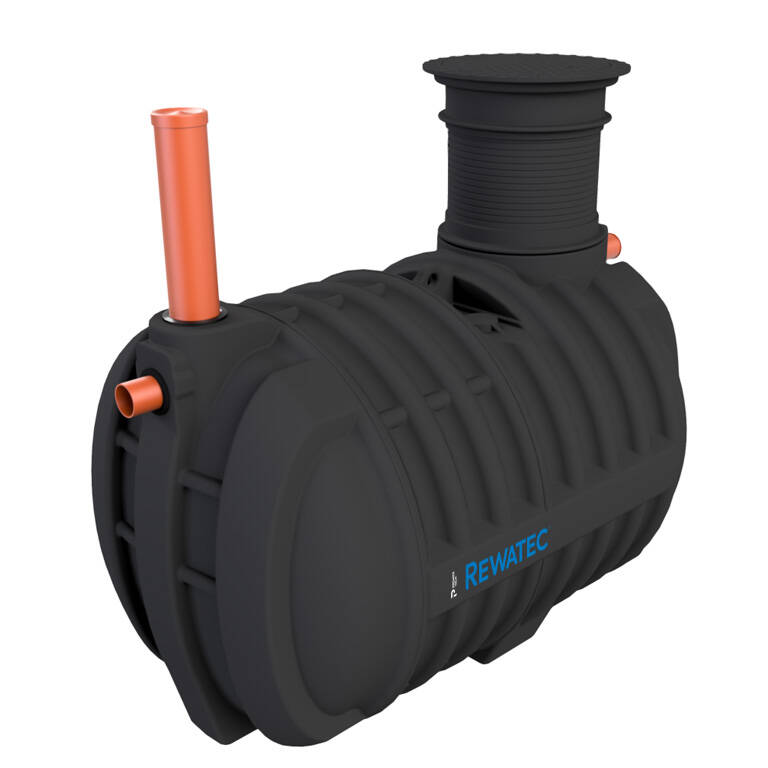
The Rewatec Solido Smart, a highly efficient sewage treatment plant that treats wastewater in optimised batches.
How does sewage get to the treatment plant?
Much like a septic tank, wastewater enters a sewage treatment plant via an inlet, either via gravity (i.e. used water is flowing directly to the treatment plant), or under pressure (i.e. wastewater is collected in a chamber and a pump is to direct the wastewater to the tank). The latter is mainly used when there is no depth alignment between the pipework of the premises/assets served by the plant and the treatment plant itself.
Drainage fields for sewage treatment plants
Water after treatment can be discharged either on a surface water body or in the ground via drainage fields. Drainage fields are an important part of the process, especially for compact sewage treatment plants. A drainage field allows infiltration of the often partially treated effluent into the ground at a controlled rate. This promotes further biological treatment before the environmentally friendly effluent reaches groundwater.
How are sewage treatment plants related to the General Binding Rules?
The General Binding Rules set out how small sewage systems, like septic tanks and sewage treatment plants, must discharge in England. These rules are made to protect public health, stop pollution, and keep our surface and groundwater clean.
Under the 2020 and 2023 General Binding Rules, a septic tank can no longer discharge directly to surface water. As such and if you currently own a septic tank, you should either:
- Upgrade to sewage treatment plant that is fully compliant with BS EN12566-3
- Add the Ecoflo biofilter
- Divert effluent to an appropriately sized drainage filed
- Connect to the main sewage system (if possible)
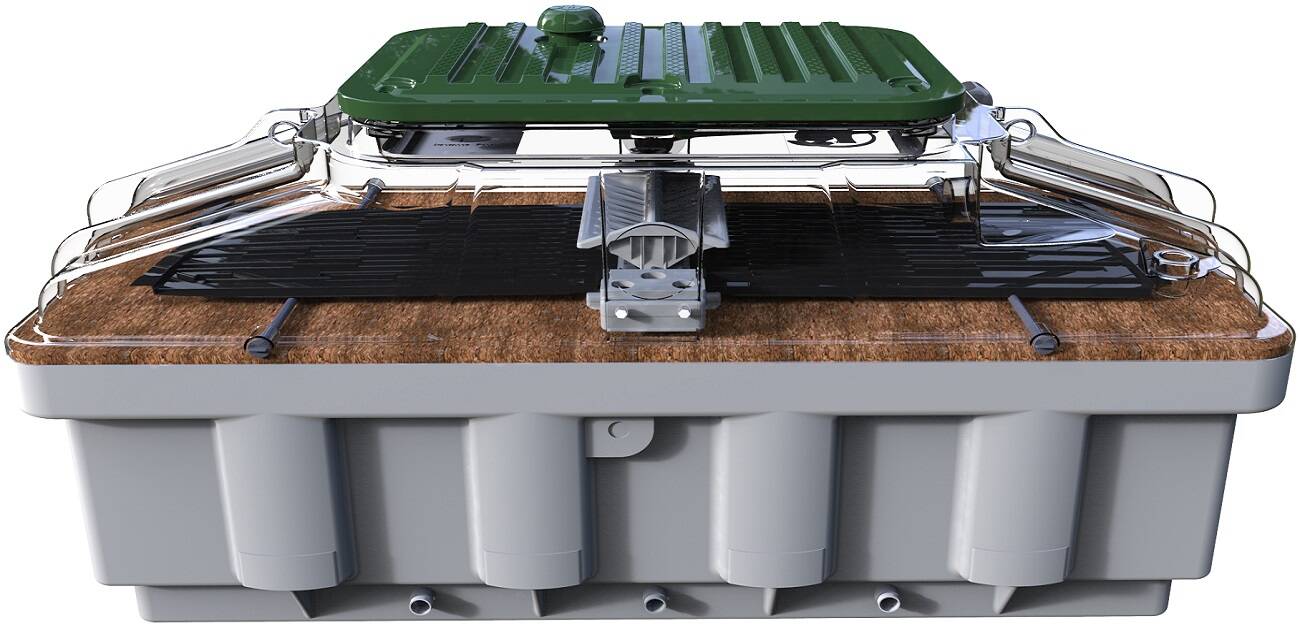
The Ecoflo biofilter, a sewage treatment plant that uses no electricity.
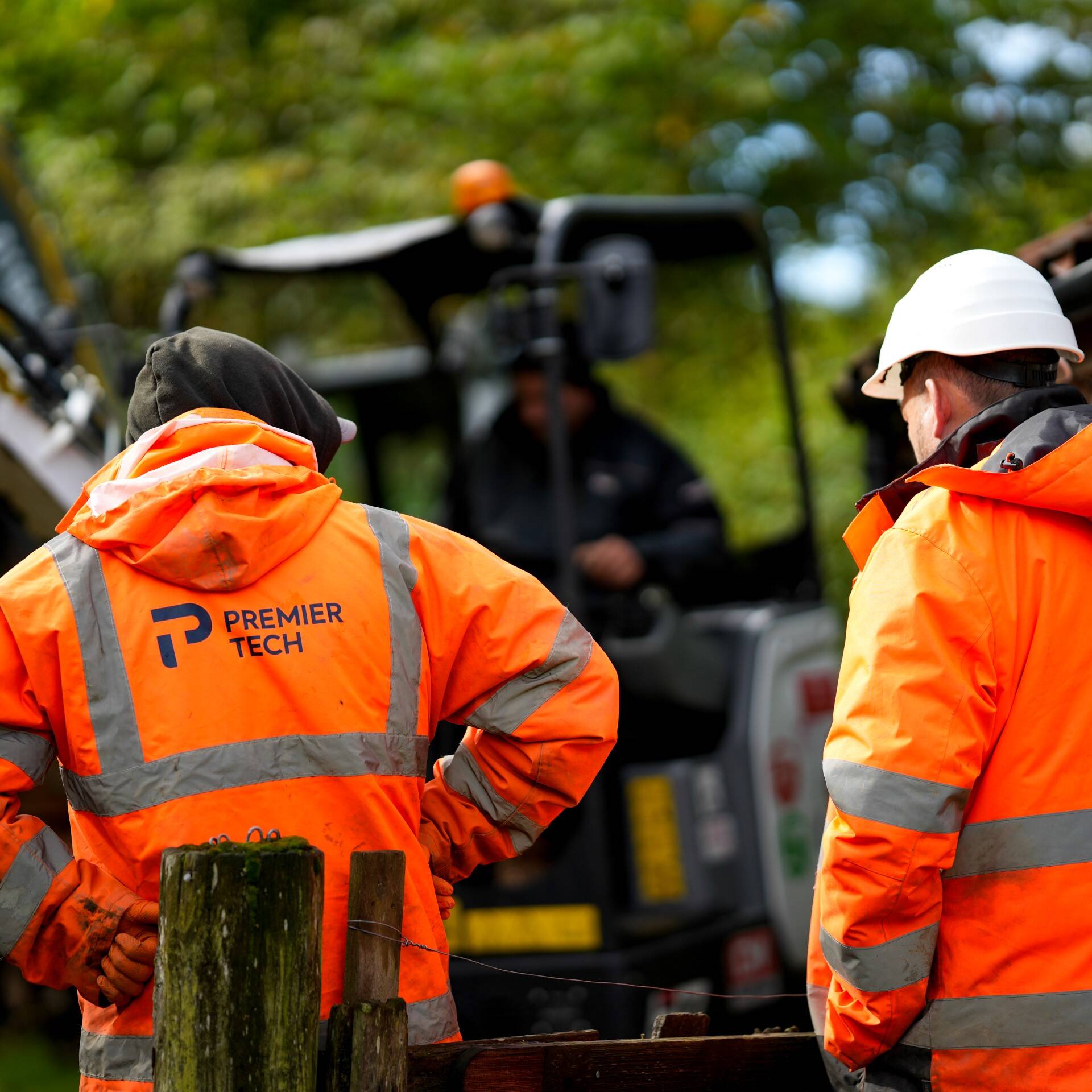
Start your sewage treatment plant project
Premier Tech provides design services, industry-leading products, and expert installations.
Fill out our form for a fast and free quote based on your unique needs.
